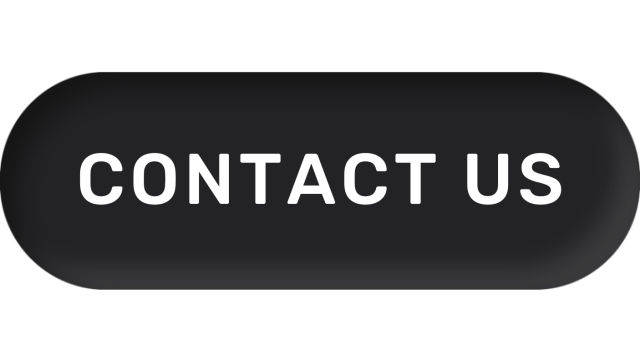Email is a top channel for businesses of any size, and small businesses are no exception. In fact, 64% of small businesses use email marketing to reach customers.
Additionally 57% of small business owners (100 employees or less) plan to increase their spending on email marketing.
Here’s a guide on how local businesses can build and optimize email outreach.
Build Your Email List
Start with Permission
Always obtain permission before adding anyone to your mailing list. This can be done through sign-up forms on your website, at your store, or during events. Clearly communicate what subscribers will receive in exchange for their email addresses to ensure transparency and trust.
Leverage Your Channels
Utilize every customer touchpoint to encourage email sign-ups—include opt-in forms on your website, blog, and social media platforms. Consider offering a first-time subscriber discount or free download as an incentive.
Keep it Simple
The sign-up process should be as easy as possible. Request only essential information like name and email address initially. You can always collect more detailed preferences and data as your relationship with the subscriber develops.
Create Targeted Content
Segment Your Audience
Use segmentation to tailor your messages based on demographics, purchase history, or engagement level. This personalization can lead to higher open and conversion rates.
Add New Movers to the Mix
Consider reaching out to individuals or families who have recently moved into your area. They are actively looking for local services and are more likely to form new buying habits. Targeting new movers can be very effective for businesses across a range of industries like home services, local restaurants, dentists, healthcare providers, local retailers, automotive services, veterinarians, and the list goes on.
Dynamic Content
Use dynamic content that changes based on the subscriber’s preferences or past behavior. This could be product recommendations, targeted offers, or content that adjusts based on the weather or time of day in the subscriber’s location.
Provide Value
What type of value is your email offering to your subscribers? This could be in the form of exclusive discounts, early access to new products, informative content, or insider tips and tricks.
Strong Call-to-Action
Each email should have a clear, compelling call-to-action (CTA) that directs subscribers on what to do next, whether it’s shopping, signing up for a webinar, or reading more about a topic.
Copy and Design Tips
Clarity is Key
Ensure your message is clear and concise. Use simple language and short sentences to improve readability. Avoid jargon and complex terms that might alienate your audience or create confusion. Clear communication helps in maintaining the reader’s attention and enhances understanding, which is crucial for effective calls to action.
Consistent Branding
Use colors, fonts, and imagery that reflect your brand’s identity consistently across all emails. This helps in building brand recognition and trust. Consistency in your visual and textual elements reassures recipients of the authenticity of your emails and strengthens their overall perception of your brand as professional and reliable.
Optimize for Mobile
With the majority of emails now being opened on mobile devices, it’s crucial to design your emails to be mobile-friendly. This means using responsive design that adjusts content layout according to screen size, ensuring that text is readable without zooming, and interactive elements like buttons are easy to click. Prioritize the most important information at the top of your email so it’s immediately visible upon opening.
Attention-Grabbing Subject Lines
Craft subject lines that grab attention and encourage recipients to open your emails. Use compelling language that speaks directly to the reader’s interests or needs. Avoid generic phrases that can be overlooked or sound spammy. Personalizing the subject line with the recipient’s name or a relevant topic can significantly increase open rates.
Use Visual Hierarchy
Structure your email content using a clear visual hierarchy to guide the reader through your message effectively. Use headings, subheadings, and bullet points to break up text and make it easy to scan. Emphasize key points with bold text or color to draw attention where it’s most needed. This organizational approach makes your emails more engaging and easier to understand at a glance.
Conclusion
Effective email marketing involves a combination of strategic planning, creative content, and ongoing optimization. Small businesses can use email marketing to foster relationships, enhance brand loyalty, and increase sales.
Interested in more ways to optimize your customer outreach and acquisition strategies? For more information, contact Welcome Wagon!



